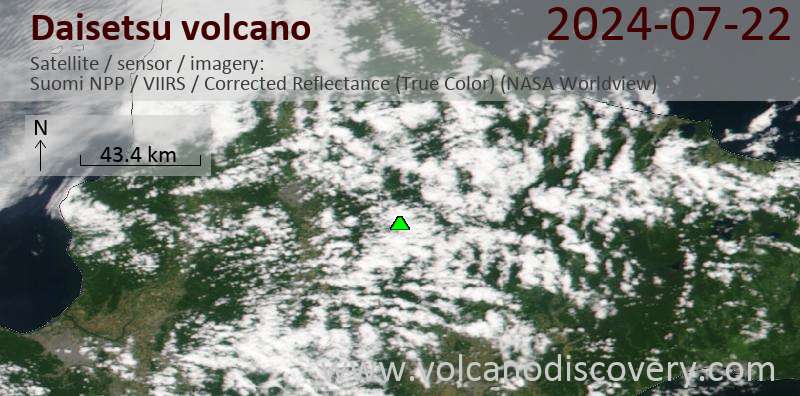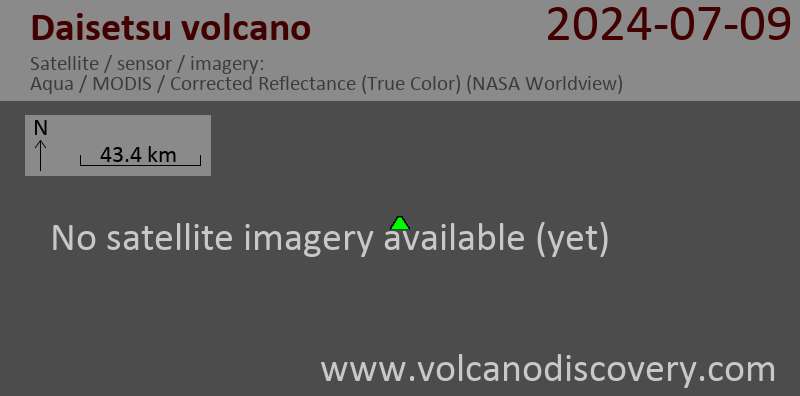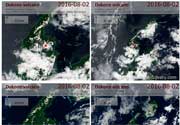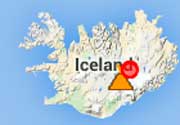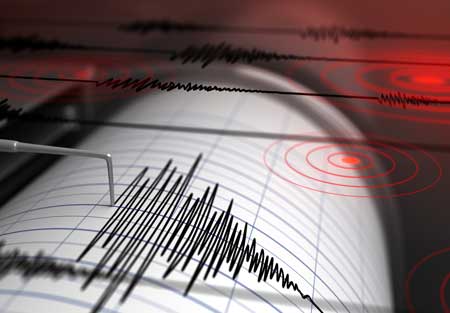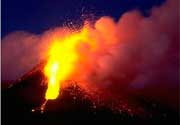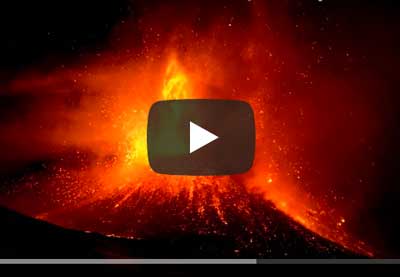Daisetsu Volcano
Hokkaido (Japan), 43.66°N / 142.86°E
Current status: normal or dormant (1 out of 5)
Daisetsu (also spelled Taisetsu or Taisetsuzan) volcano is a group of 8 stratovolcanoes, lava domes and a small 2 km wide caldera in the Daisetsu-zan National Park (the roof of Hokkaido) in central Hokkaido.
Asahi (旭岳 Asahi-dake) volcano is the highest peak of the volcanic complex and the highest mountain in Hokkaido.
No historical eruptions are known from Daisetsu, although the last eruption must have taken place in or after 1739 AD. At present, there are fumaroles and sulfur was mined at Asahi-dake.
Daisetsu-zan National Park is the largest national park of Japan covering 230,000 ha. The park stretches from Mt. Torashiumu to the Tokachi Mountains. It is known for its hot springs, which can be found at Sounkyou, Yukomanbetsu, Tenninkyou, Nukabira, Shirogane, Shikaribetsu and Tomuraushi.
Daisetsu volcano eruptions: >=1739 AD (tephrachronology), 550 BC ± 500 years, 1450 BC ± 50 years, 2800 BC ± 100 years, 3200 BC ± 75 years (radiocarbon dated)
Latest nearby earthquakes
| Time | Mag. / Depth | Distance / Location | |||





